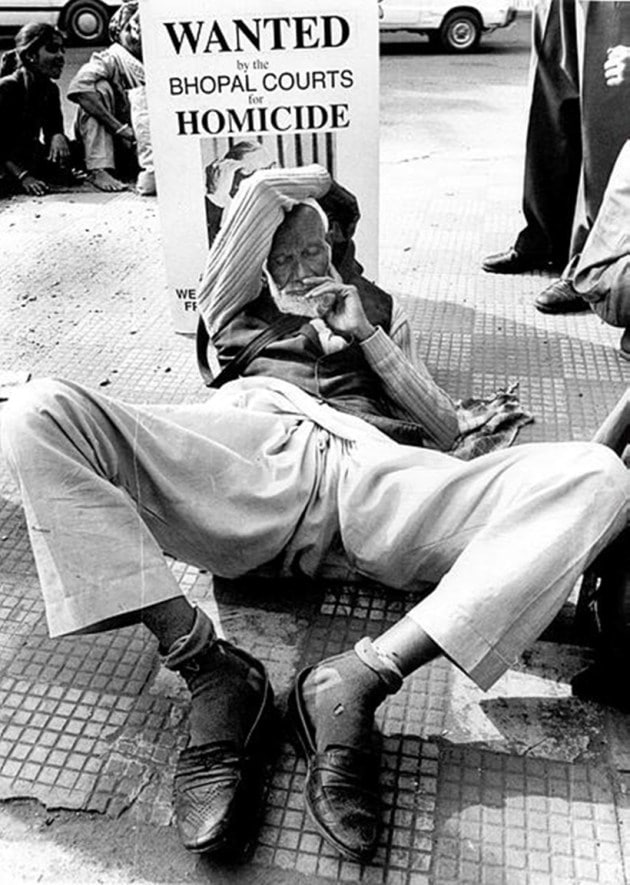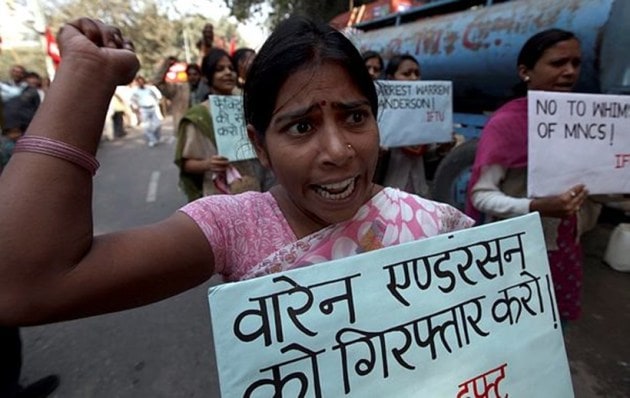Bhopal gas tragedy 1984: Looking back at one of India’s worst industrial disasters
On the 37th anniversary of the Bhopal gas tragedy, victims continue to fight for justice. The survivors of the tragedy have been fighting for long for adequate compensation and proper medical treatment for ailments caused by the toxic leak.
Updated: December 3, 2021 13:17 IST 1 / 8
1 / 8In this December 5, 1984 file photo, two men carry children blinded by the Union Carbide chemical pesticide leak to a hospital in Bhopal. Thousands of people were killed and more than 5.58 lakh others were affected after methyl isocyanate leaked on the intervening night of December 2-3, 1984 from the pesticide plant of Union Carbide India Limited, then located on the outskirts Bhopal. (AP)
 2 / 8
2 / 8Bhopal gas tragedy and effigy depicting losses suffered by citizens of Bhopal during the gas leakage from Union Carbide Plant. The disaster is considered among the world's worst industrial disasters. (Express Archive)
 3 / 8
3 / 8The 1984 Bhopal gas tragedy which killed thousands of people is among the world’s “major industrial accidents” of the 20th century, according to a UN report. The survivors continue to suffer from many diseases, including cancer, tumours and lung problems, caused by the inhalation of the poisonous gas thirty-five years ago. In pic: A rally held in protest against the Bhopal gas tragedy in Kolkata. (Express Archive)
 4 / 8
4 / 8 5 / 8
5 / 8The courts in Bhopal had issued non-bailable warrants against Anderson twice -- in 1992 and 2009. Anderson died in 2014. In pic: The old lady who lost her eyesight due to Bhopal Gas tragedy. (Express Archive photo: Naveen Jora)
 6 / 8
6 / 8Survivors of the Bhopal Gas Tragedy hold a placards during an indefinite protest dharna demanding justice and compensations for the Bhopal Gas Tragedy, at Jantar Mantar in New Delhi. (Express Archive)
 7 / 8
7 / 8A victim of Bhopal Gas Tragedy staging dharna at Jantar Mantar in New Delhi. (Express archive photo by Naveen Jora)
 8 / 8
8 / 8Activists of the Indian Fedration of Trade Unions (IFTU) taking out a march on the 27th anniversary of Bhopal gas tragedy at Jantar mantar in New Delhi. (Express Archive)











